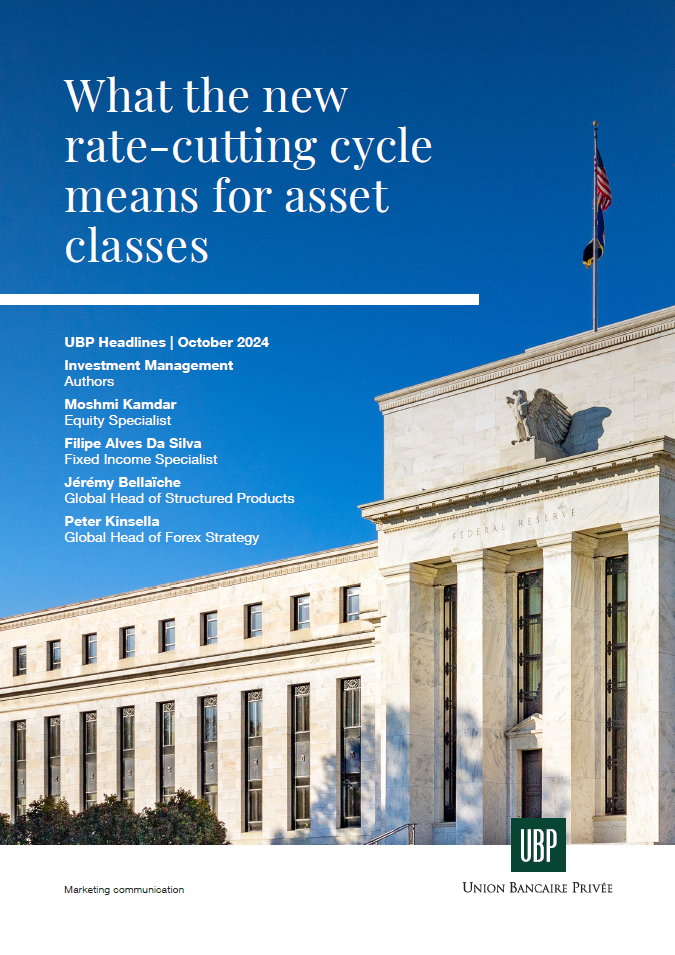Several central banks, including the Federal Reserve, Bank of England, and European Central Bank, have ushered in a new era of rate-cutting, signalling the end to their fight against inflation. But what does this easing cycle mean for asset classes?
Equities stand to benefit, as lower rates typically stimulate economic growth and consumer trends. In fixed income, high-yield bonds are likely to outperform, attracting investors seeking enhanced returns in a low-interest-rate environment. For structured products, the outlook is more complex, as they are shaped by specific instruments and their maturities. Equity-linked products, such as reverse convertibles, become more appealing, as falling rates widen the equity risk premium relative to the risk-free rate. Meanwhile, fixed income-linked products like credit-linked notes (CLNs) are gaining favour, offering potentially higher yields than traditional bonds.
The shift in monetary policy has also bolstered gold, which surged to record highs as a dovish Fed drives demand for non-yielding assets.
Download our last UBP Headlines for our experts’ insights.













